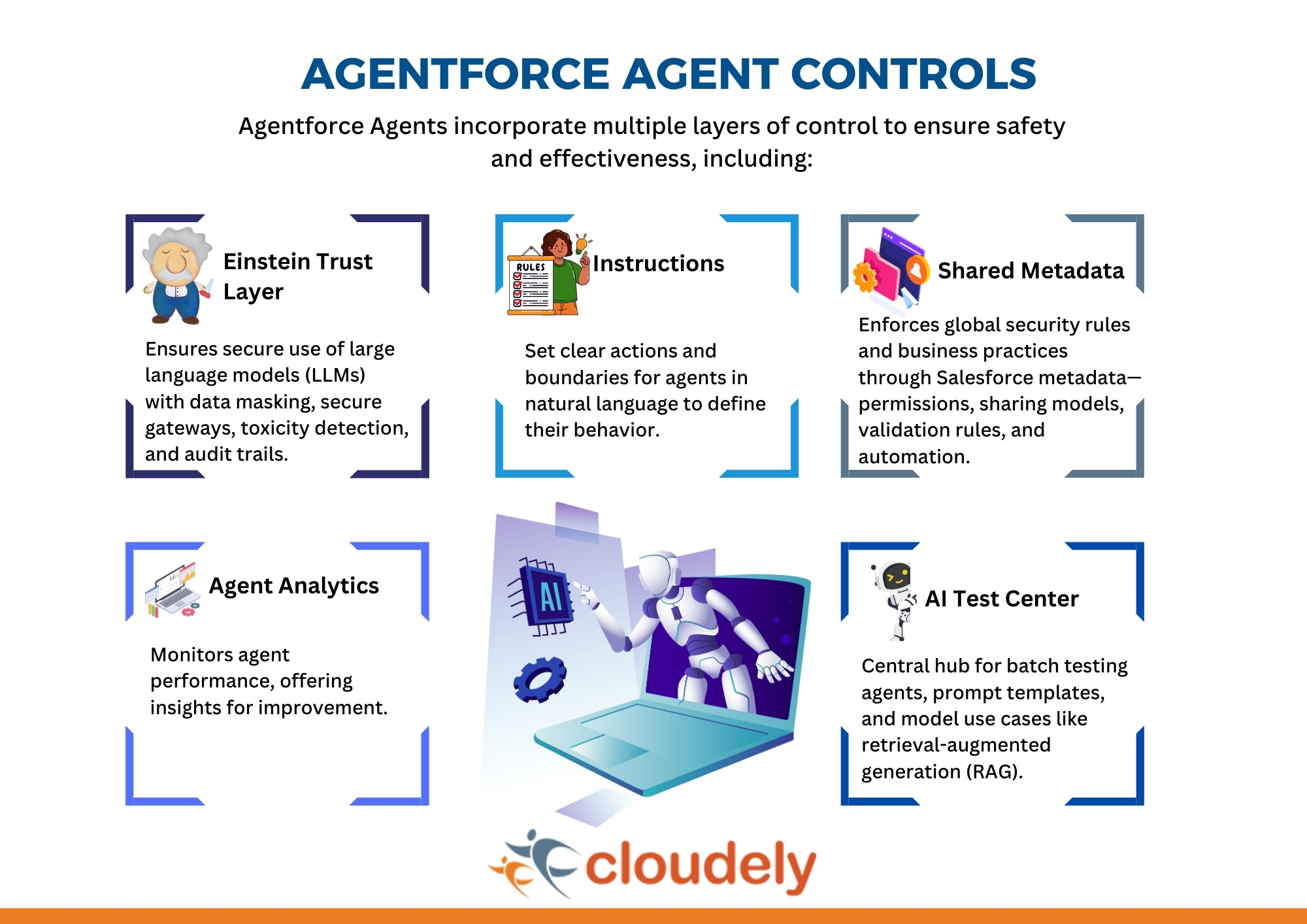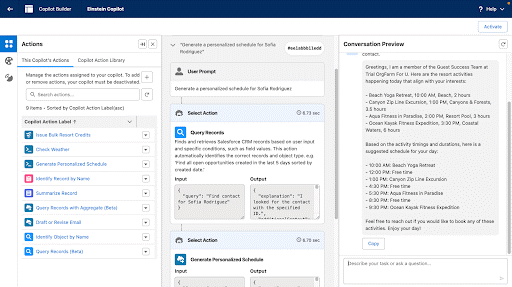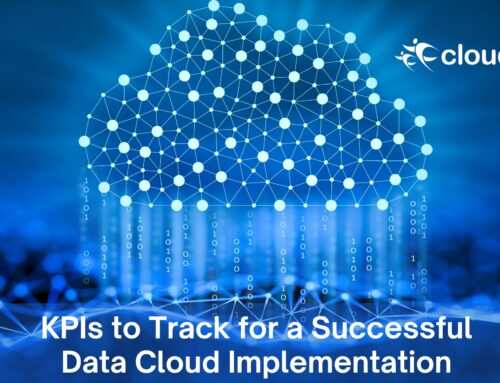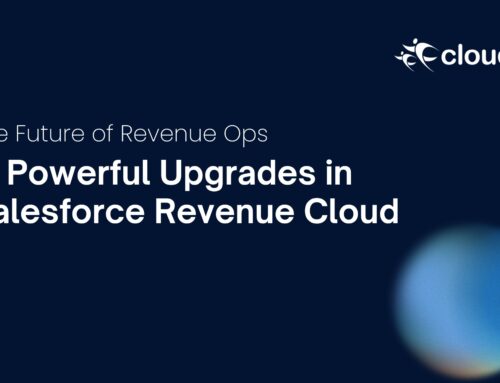Agents are autonomous, assistive software systems that can reason, plan, and take action based on user input or environmental factors to achieve specific goals. They operate like intelligent digital assistants, leveraging the combined knowledge and expertise of human professionals, with access to all necessary data.
These agents are expected to become widespread, transforming how businesses function and interact with customers. For example, a service agent could serve as your company’s most knowledgeable technical support representative, available around the clock to address any request. Similarly, a marketing agent, akin to a self-driving car, can use “sensors” (real-time data) to detect changing business conditions and respond proactively by adjusting prices, launching campaigns, and more.

Source Salesforce : Agentforce Action Platform components for building agents and AI applications
Powered by Large Language Models (LLMs)
The rise of large language models (LLMs) has enabled the creation of AI agents by providing the core functionalities they need to operate.
- Advanced Language Comprehension: LLMs excel at understanding complex and subtle language nuances, which is essential for chatbot-like agents. This deep comprehension allows agents to accurately interpret user requests and generate natural language responses.
- Reasoning and Decision-Making: LLMs can reason and make informed decisions, allowing agents to devise plans and execute the necessary steps to solve a problem effectively.
- Limited Access to Private Data: LLMs do not have access to private data they weren’t trained on. For instance, they cannot retrieve information like open sales opportunities, support tickets, or current campaign results.
- No Native Ability to Perform Actions: LLMs cannot take direct actions, such as opening a support ticket, changing an order’s shipping address, updating an opportunity, or modifying product prices.
In essence, an agent is a software system that leverages the language and reasoning capabilities of an LLM to coordinate and execute a series of actions within a defined domain. At a high level, an agent operates in the following way:
- Understanding the Task: The agent utilizes the language capabilities of the LLM to deeply understand the given task or user request. It processes the input, recognizing the nuances and context needed to proceed effectively.
- Iterative Planning and Execution: Once the task is understood, the agent reasons through the possible actions and determines the next step. This process is dynamic and may involve executing an action or asking for clarification to ensure accuracy. After each action, the agent evaluates the result and decides on the next course of action. This iterative cycle continues until the agent is confident that the task has been successfully completed.
- Providing a Response: Once the task is addressed, the agent formulates and delivers a final response, conveying the outcome of the process.

Varying Levels of Autonomy in Agents
Agents can function with different degrees of autonomy. For instance:
- Assistive Agents (Co-pilots): These agents work in tandem with humans, enhancing their abilities rather than acting independently. Co-pilots typically rely on human guidance and feedback to improve their suggestions or actions.
- Autonomous Agents: These agents can operate on their own without direct human oversight. However, Agentforce Agents stand out by their ability to smoothly transfer tasks back to humans when necessary.
Agentforce Agents incorporate multiple layers of control to ensure safety and effectiveness, including:
- Einstein Trust Layer: This layer allows agents to use large language models (LLMs) securely without compromising sensitive company data. It utilizes secure gateways, data masking, toxicity detection, audit trails, and more to regulate interactions with LLMs.
- Instructions: When setting up an Agentforce Agent, you can provide clear instructions in natural language, specifying actions and boundaries, which help define the agent’s behavior.
- Shared Metadata: Salesforce metadata enforces global rules, ensuring security and adherence to business practices. This applies to both traditional applications and agents, covering areas like permissions, sharing models, validation rules, and workflow automation.
- Agent Analytics: This tool monitors and analyzes agent performance, usability, and reliability, offering insights to help identify areas for improvement.
- AI Test Center: A centralized testing framework that facilitates batch testing for agents, prompt templates, retrieval-augmented generation (RAG), and model use cases.

Tooling
The Agentforce Action Platform provides a variety of low-code tools to build agents and other AI applications.
Prompt Builder is a Salesforce Einstein tool that enables you to create reusable prompt templates. You can ground them with dynamic data made available through record page data, Data Cloud, API calls, flows, and Apex.
Agent Builder is another visual builder tool that enables you to create & configure the agents and copilots. You can select the different actions available to your agent and try out your agent in a playground environment.

A screenshot of Salesforce Agent Builder
Unlock the full potential of Salesforce AI to drive smarter decisions and faster results for your business. From secure automation to advanced analytics, we empower you with the latest innovations. Contact us.






